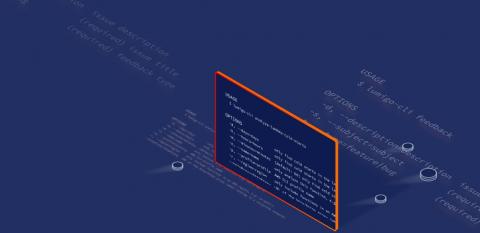10 Ways to Protect Your Mission-Critical Database
As Werner Vogels says: “Everything fails all the time.” Data is the new oil. We rely on it not only to make decisions but to operate as a business in general. Data loss can lead to significant financial consequences and damaged reputation. In this article, you can find ten actionable methods to protect your most valuable resources.




















